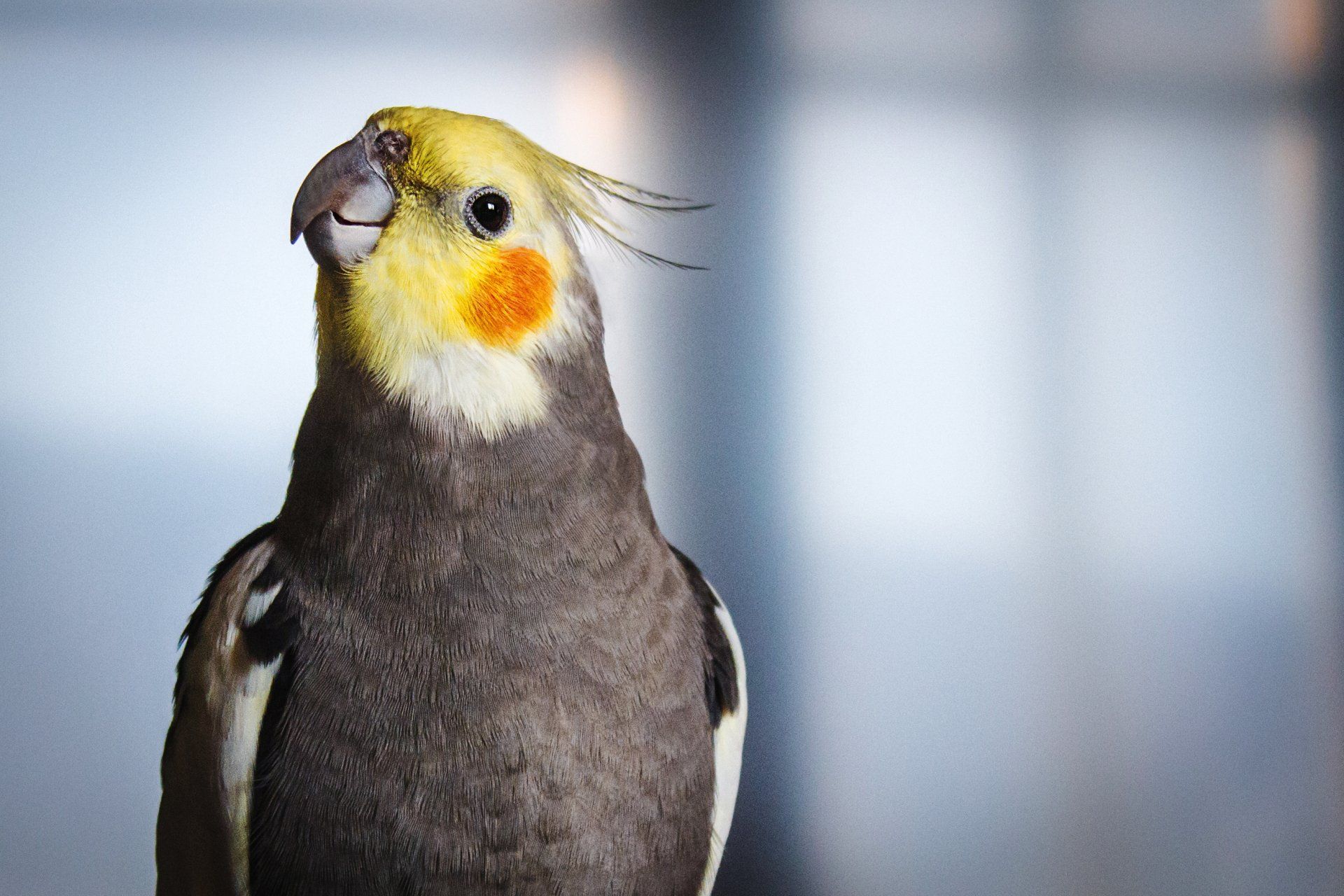Our Pets and Diabetes
Diabetes is more common in older pets, but it can also occur in younger pets. Early diagnosis is critical for managing diabetes.
What pets are at risk?
Diabetes in dogs and cats can occur at any age. However, diabetic dogs are usually 4-14 years of age and many are commonly diagnosed between 7-10 years of age. Diabetic cats are often older than 6 years of age. Certain breeds of dogs may also be predisposed to diabetes.
Obesity is a significant risk factor for development of diabetes
So what is diabetes?
Diabetes mellitus is also known as sugar diabetes and occurs when the body either does not produce enough insulin or cannot respond properly to insulin.
Diabetes mellitus is essentially a disease of the pancreas. This small but vital organ is located near the stomach & liver. It has two significant populations of cells. One group of cells produces the enzymes necessary for proper digestion. The other group, called beta-cells, produces the hormone called insulin.
In dogs, diabetes is usually caused by insufficient or absent secretion of insulin by the pancreas. These animals require insulin injections to correct the diabetes.
Diabetes can also occur even if insulin is produced but the cells of the body are resistant to its effect. Cats more frequently have diabetes due to insulin resistance than dogs and they may not require insulin injections to control their diabetes.
Signs of diabetes in pets?
Noticing the early signs of diabetes is vital. If you see any of the following signs, your pet should be examined by your Veterinarian. The earlier the diagnosis, the better chance your pet may have for a longer and healthier life.
- Excessive water drinking and increased urination
- Weight loss, even though there may be an increased appetite
- Decreased appetite
- Cloudy eyes (especially in dogs)
- Chronic or recurring infections (including skin infections and urinary infections)
Caring for your diabetic pet.
Dogs and cats with diabetes usually require lifelong treatment which requires regular examinations, blood and urine tests, and monitoring your pet’s weight, appetite, drinking and urination. This is to ensure your pet’s blood sugar is near normal levels and avoid too-high or too-low levels that can be life-threatening.
The good news is that with early diagnosis, proper monitoring, treatment, diet and exercise; diabetic pets can lead long and happy lives.







Contact Us
- Mon - Fri
- -
- Saturday
- Appointment only
- Sunday
- Closed








